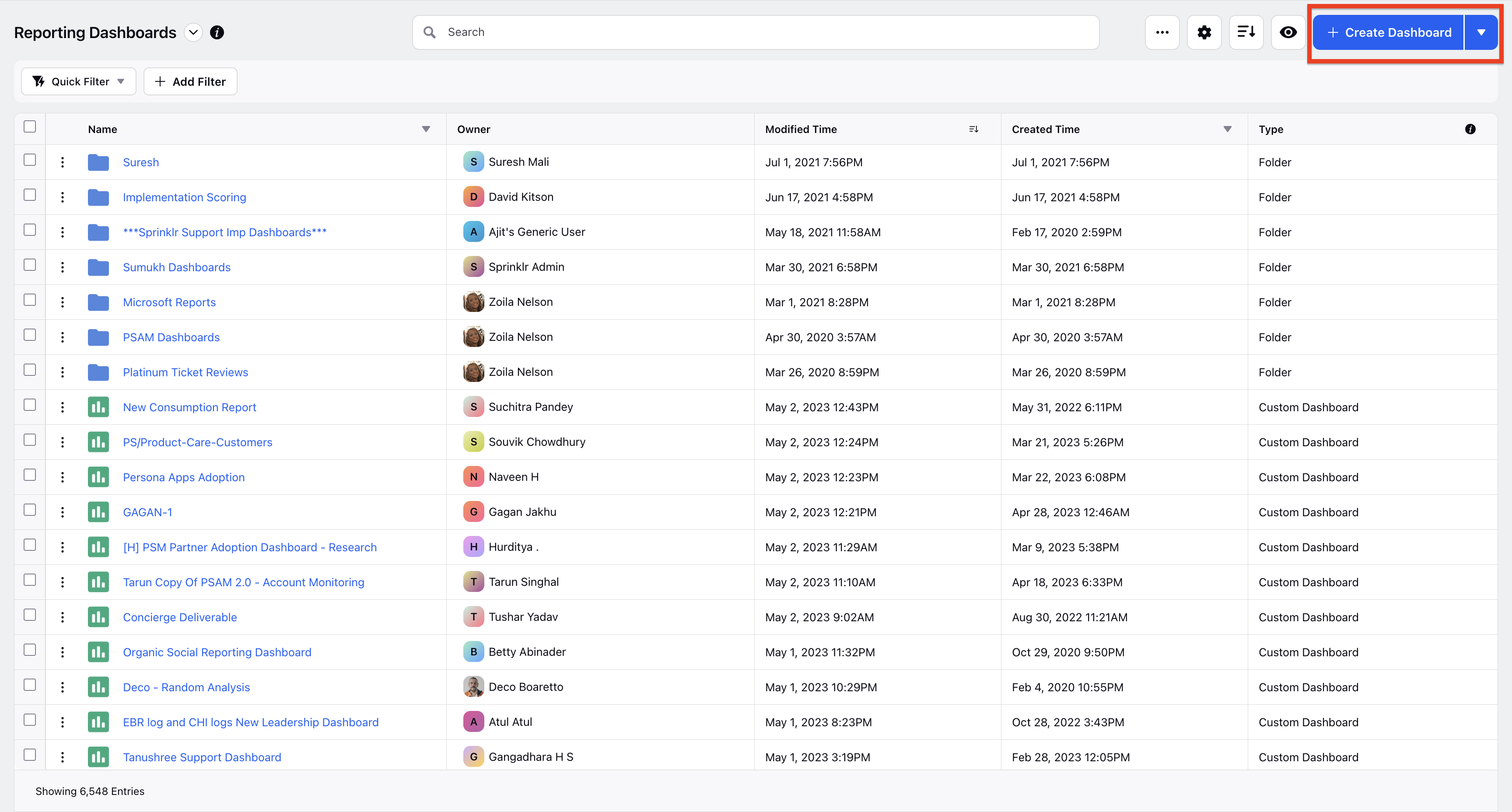Sprinklr Social: Complete Buyer's Guide
Enterprise-grade AI sentiment analysis platform
Sprinklr Social positions itself as the enterprise-grade AI sentiment analysis platform for marketing and advertising professionals managing complex, multi-channel customer engagement at scale. The platform combines real-time sentiment monitoring across 30+ digital channels with industry-specific AI models, enabling rapid crisis response and data-driven marketing optimization[40][43].
Market Position & Maturity
Market Standing
Sprinklr Social maintains a leadership position in Forrester's 2024 Digital Customer Interaction Wave, scoring highest in 11 categories including sentiment orchestration[53].
Company Maturity
The company demonstrates strong enterprise market penetration with notable customers including Microsoft, Delta Airlines, Shopify, and Deloitte Digital, showcasing successful deployments across diverse industries and use cases[41][46][49][51].
Industry Recognition
TrustRadius recognition for social listening capabilities emphasizes Sprinklr's scalability advantages for global brands requiring multi-channel sentiment analysis[49][51].
Longevity Assessment
The platform's comprehensive data ecosystem spanning 25+ social networks and 350M web sources demonstrates significant infrastructure investment and operational maturity[40].
Proof of Capabilities
Customer Evidence
Microsoft's enterprise deployment demonstrates Sprinklr's capacity for large-scale implementation, achieving 30% response time reduction while handling substantial monthly customer interactions with high AI accuracy[41][51].
Quantified Outcomes
Delta Airlines' crisis response framework provides compelling evidence of real-time sentiment analysis effectiveness, reducing negative sentiment by 37% within 24 hours through tiered alert systems that escalate issues based on sentiment severity[46][53].
Case Study Analysis
Shopify's operational transformation showcases dramatic efficiency improvements, reducing support ticket response times from 4.2 hours to 27 minutes while boosting customer satisfaction scores by 41%[46][52].
Reference Customers
The company demonstrates strong enterprise market penetration with notable customers including Microsoft, Delta Airlines, Shopify, and Deloitte Digital, showcasing successful deployments across diverse industries and use cases[41][46][49][51].
AI Technology
Sprinklr Social employs a sophisticated multi-stage AI pipeline that combines machine learning algorithms with human validation across an extensive data ecosystem. The platform ingests unstructured data from 25+ social networks, 350M web sources, and call transcripts, with data experts annotating content using industry-specific taxonomies to train verticalized NLP models[40].
Architecture
The system's feedback loop architecture allows manual sentiment correction, continuously refining deep learning algorithms that detect sarcasm and contextual nuances[40][46][49].
Primary Competitors
Sprinklr Social competes primarily against enterprise-grade alternatives including IBM Watson NLU, Brandwatch, and Adobe Experience Platform, while facing mid-market pressure from Sprout Social, Hootsuite, and specialized tools like MonkeyLearn[15][16][17].
Competitive Advantages
Primary competitive advantages include sub-5-minute alert latency compared to longer response times for competitors like Brandwatch, enabling faster crisis containment and response team mobilization[43][54].
Market Positioning
Sprinklr's unified CXM approach differentiates from point solutions by integrating sentiment intelligence with marketing automation and customer service workflows.
Win/Loss Scenarios
Win scenarios favor Sprinklr for enterprises requiring unified sentiment analysis across multiple marketing and service workflows, regulatory compliance capabilities, and substantial processing volume. Loss scenarios typically involve organizations prioritizing rapid deployment, limited budgets, or simple social listening requirements better served by specialized alternatives.
Key Features

Pros & Cons
Use Cases
Integrations
Pricing
Featured In Articles
Comprehensive analysis of AI Sentiment Analysis for AI Marketing & Advertising for AI Marketing & Advertising professionals. Expert evaluation of features, pricing, and implementation.
How We Researched This Guide
About This Guide: This comprehensive analysis is based on extensive competitive intelligence and real-world implementation data from leading AI vendors. StayModern updates this guide quarterly to reflect market developments and vendor performance changes.
59+ verified sources per analysis including official documentation, customer reviews, analyst reports, and industry publications.
- • Vendor documentation & whitepapers
- • Customer testimonials & case studies
- • Third-party analyst assessments
- • Industry benchmarking reports
Standardized assessment framework across 8 key dimensions for objective comparison.
- • Technology capabilities & architecture
- • Market position & customer evidence
- • Implementation experience & support
- • Pricing value & competitive position
Research is refreshed every 90 days to capture market changes and new vendor capabilities.
- • New product releases & features
- • Market positioning changes
- • Customer feedback integration
- • Competitive landscape shifts
Every claim is source-linked with direct citations to original materials for verification.
- • Clickable citation links
- • Original source attribution
- • Date stamps for currency
- • Quality score validation
Analysis follows systematic research protocols with consistent evaluation frameworks.
- • Standardized assessment criteria
- • Multi-source verification process
- • Consistent evaluation methodology
- • Quality assurance protocols
Buyer-focused analysis with transparent methodology and factual accuracy commitment.
- • Objective comparative analysis
- • Transparent research methodology
- • Factual accuracy commitment
- • Continuous quality improvement
Quality Commitment: If you find any inaccuracies in our analysis on this page, please contact us at research@staymodern.ai. We're committed to maintaining the highest standards of research integrity and will investigate and correct any issues promptly.